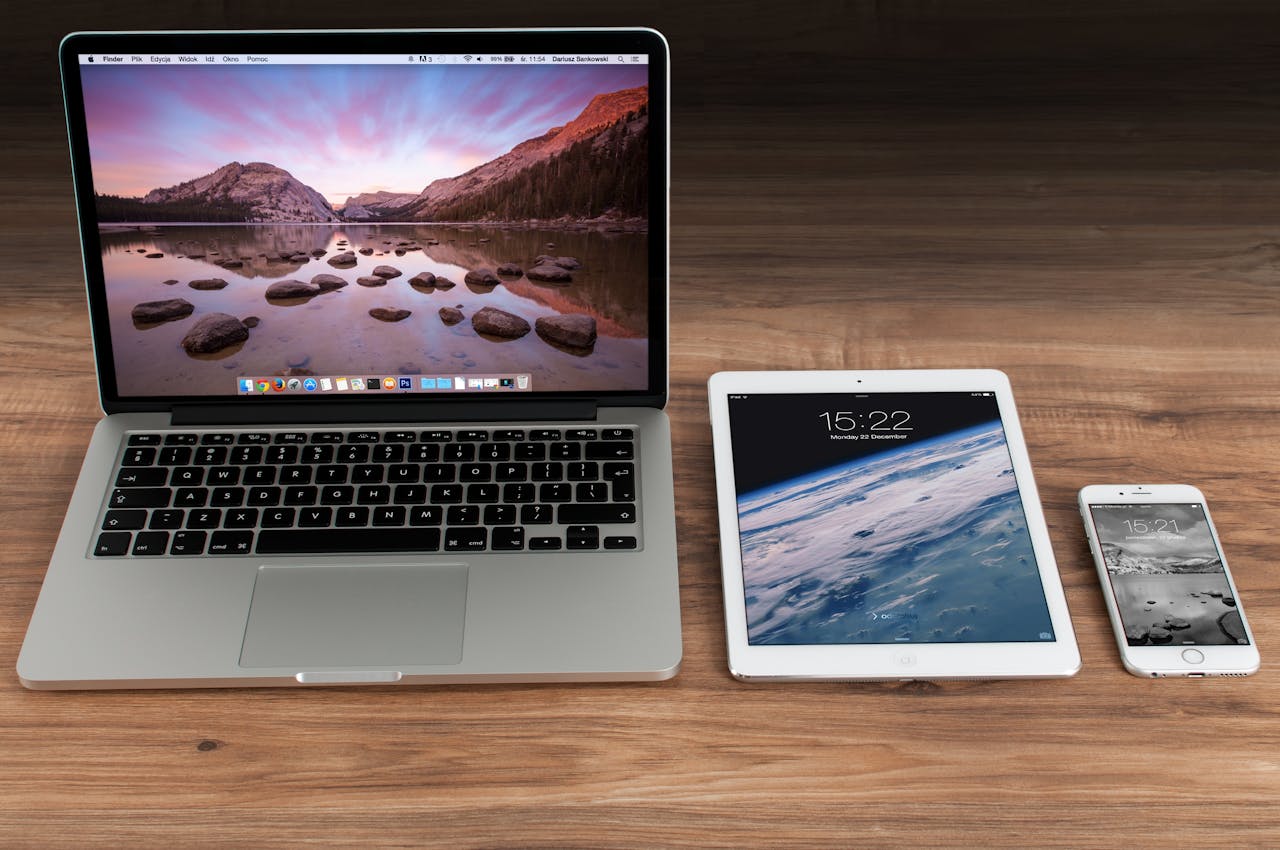
In a world overflowing with notifications, endless scrolling, and constant connectivity, it’s easy to feel overwhelmed by the digital noise. While technology brings undeniable benefits, without mindful boundaries it can erode focus, creativity, and even relationships. Embracing digital minimalism is not about rejecting technology—it’s about using it with intention to create space for what truly matters.
Redefining Your Relationship With Technology
The first step is awareness. Track how much time you spend online and identify activities that drain rather than energize you. Social media rabbit holes and late-night screen sessions often offer little value compared to time invested in meaningful projects or personal connections.
Prioritizing Quality Over Quantity
Digital minimalism emphasizes purposeful consumption. Instead of juggling five platforms, commit to one or two that truly serve your goals—whether professional networking, learning, or connecting with loved ones. Cutting the clutter helps restore clarity and focus.
Creating Tech-Free Zones and Rituals
Boundaries are essential. Designate tech-free spaces in your home or daily schedule—such as device-free meals or screen-free mornings. These rituals not only reduce digital fatigue but also deepen presence in real-life experiences.
Reclaiming Focus and Creativity
When you step away from constant pings and scrolling, you free mental bandwidth for deeper work, reflection, and creativity. Many people find their best ideas surface during screen-free moments—walking, journaling, or simply resting.
Building a Life of Intention
Digital minimalism is less about restriction and more about alignment. By consciously choosing how, when, and why you engage with technology, you create balance. This intentional approach fosters well-being, stronger relationships, and a life guided by focus rather than distraction.
